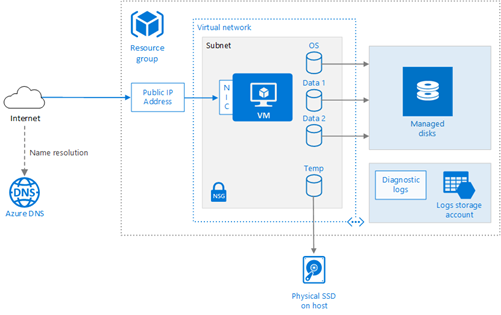Background
Your customer has a VM (Virtual Machine). The VM contains of Windows Server 2019, SQL Server 2019 Web Edition, and ERP Software. The VM runs on Azure with no redundancy option activated. After a year, the VM has a problem to facilitate the request from the client. Scale up is the first think that we already done. However, the scalability is not fulfilled since one VM means one single point of failure. Therefore, we will make this single VM can be available for scalability purposes. This article will discuss how to prepare scalability environment for VM with 'least effort'

Solution
After reading Make all things redundant - Azure Application Architecture Guide | Microsoft Docs, we strongly believe that we need load balancer on our VM and create a snapshot of our VM. On our case, we are very unlucky since the database and the web application is on one VM. Therefore, we need to do some extra steps as follows
Do you have a problem in manage your scalable solution in VM, let's talk!